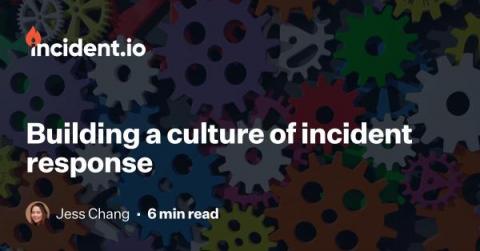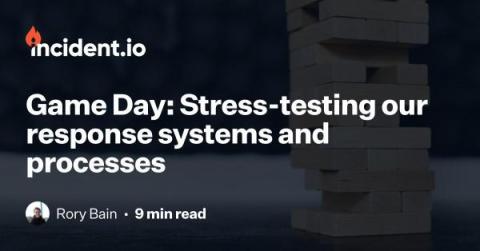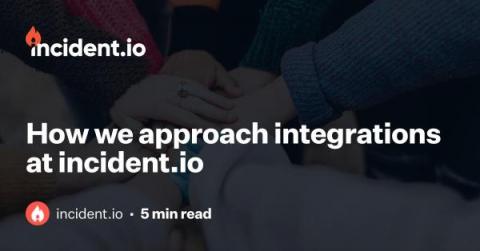Building a culture of incident response
At Vanta, our goal is to nurture a positive security culture in everything we do—which is especially critical given that helping our customers improve their security and compliance posture starts with our own. Employees are the key to our security resilience, so we strive to build and support a strong culture of incident response in tandem. Here’s what that means to us at Vanta.











